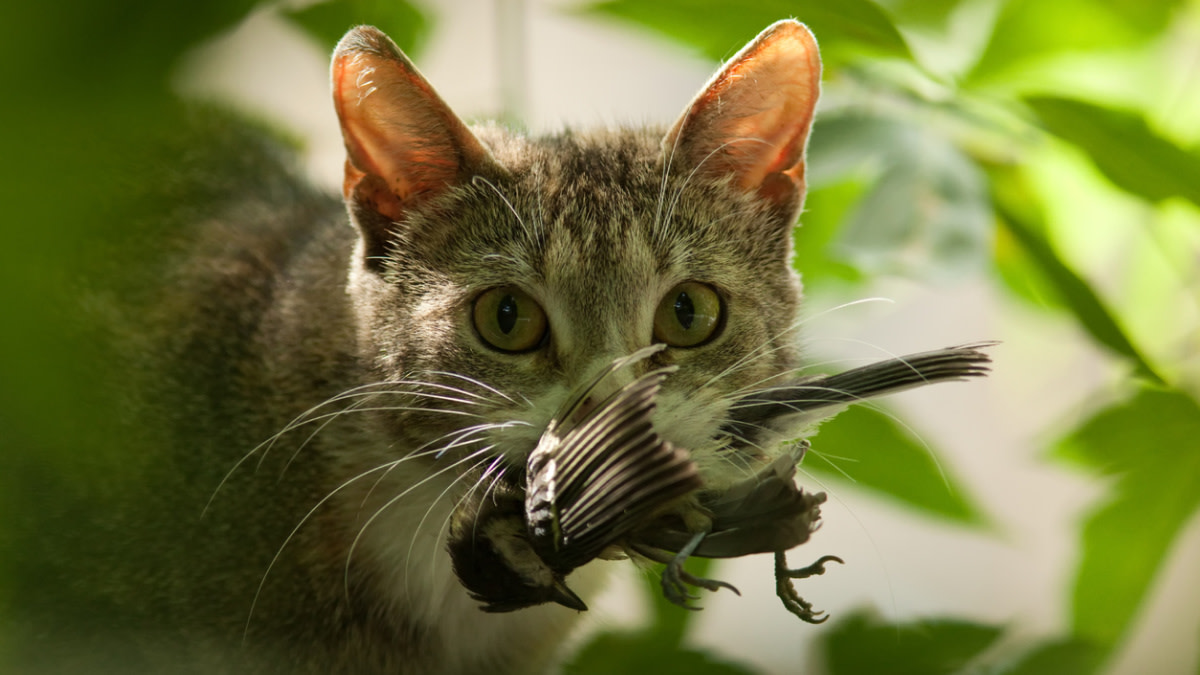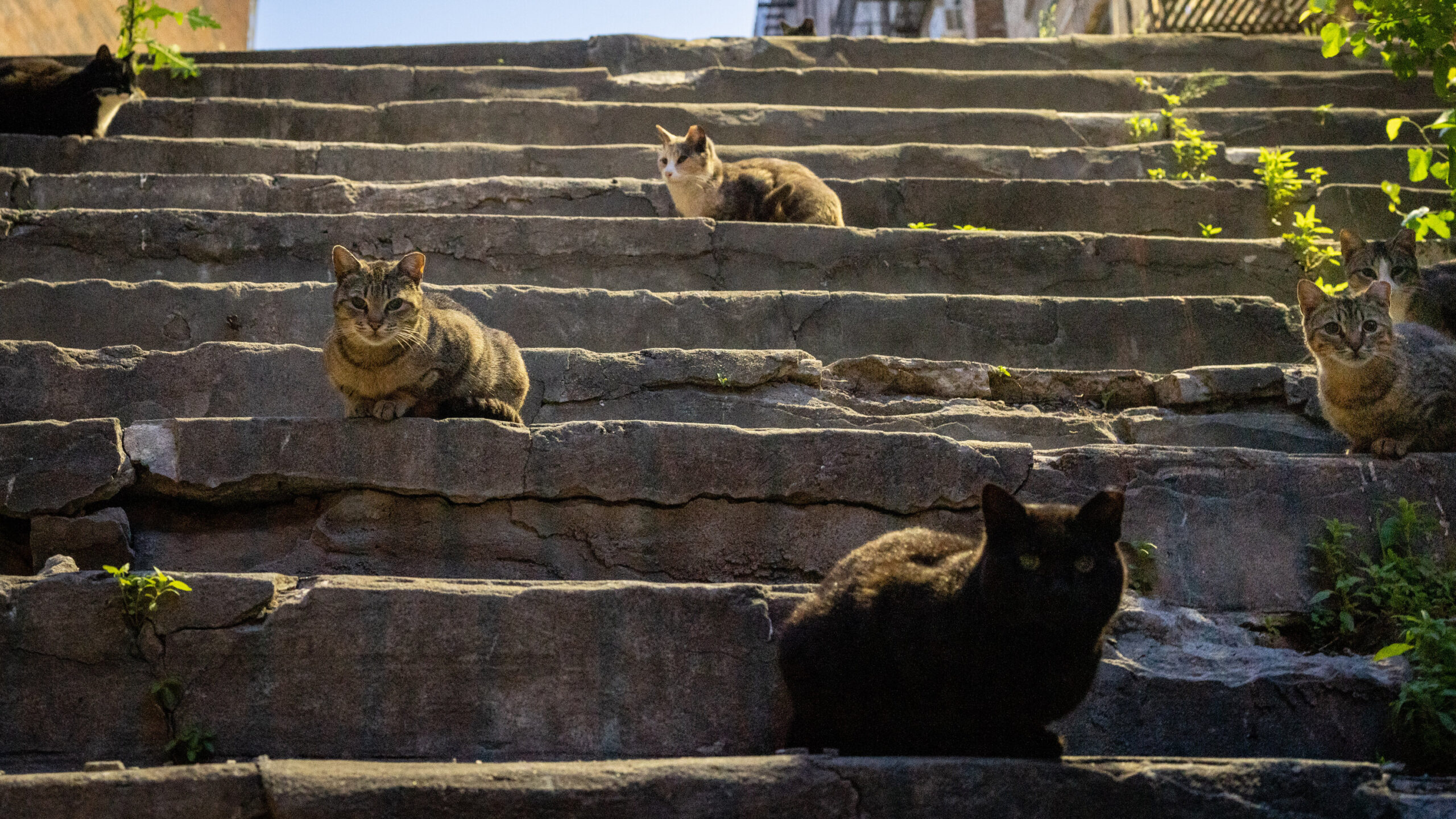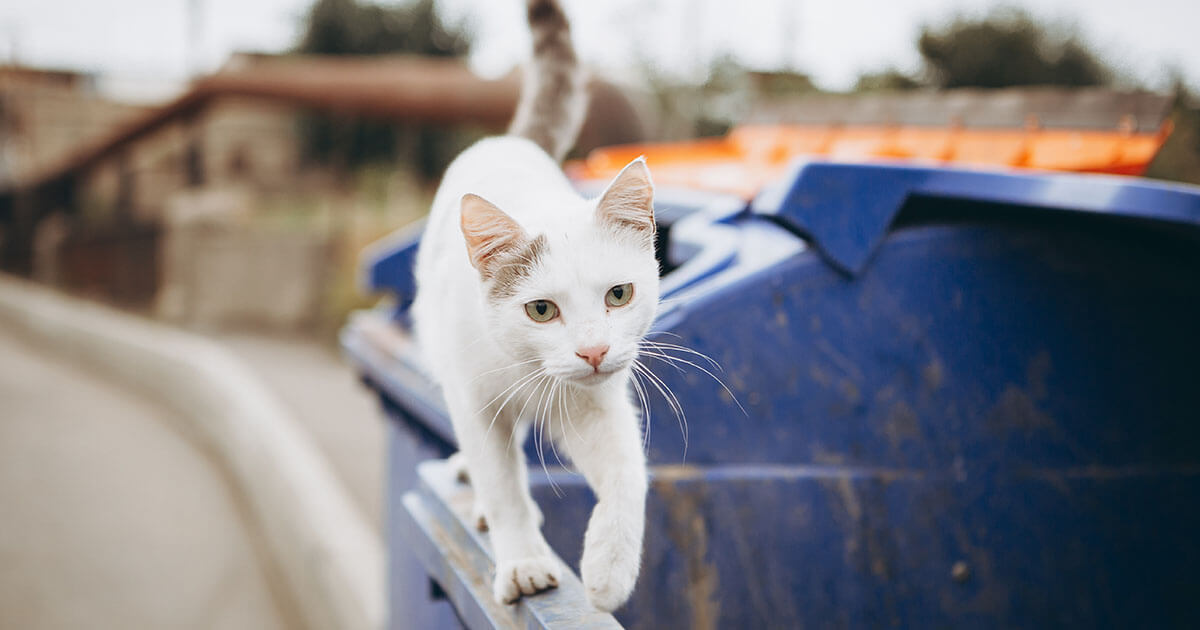Stray cat issues often involve overpopulation and spread of diseases. Communities face challenges in managing and caring for these animals.
Dealing with stray cats remains a significant concern for many neighborhoods. These feline wanderers, while independent, can contribute to various problems such as wildlife predation, noise complaints, and property damage. Unchecked, stray cat populations quickly rise due to their high reproductive rates, leading to more encounters with humans and potential conflicts.
Organizations and residents alike seek humane solutions to control these populations, emphasizing spaying and neutering programs. Ensuring the well-being of stray cats and addressing the concerns of the community requires a balanced approach, including public education on responsible pet ownership and the support of local animal shelters and rescue groups. Effective management of stray cat issues is crucial not only for the safety and health of the cats but also for maintaining harmony within the community.
The Stray Cat Conundrum
Imagine walking through your local park. You might spot a cute, whiskered face peeking out at you. While stray cats can seem charming, their growing numbers are a matter for concern. Let’s unravel the complex tapestry of issues that surround these feline friends turned feral.
Exploring The Rise Of Feral Feline Populations
Stray and feral cat colonies are on the rise. This increase traces back to several factors. The absence of widespread spaying and neutering plays a big role. Pet abandonment also contributes to these soaring numbers. Wild cats breed fast, which adds more kittens to the streets each year. Now, let’s delve deeper into why stray cat numbers keep climbing:
- Lack of spay/neuter programs: Fewer surgeries mean more kittens.
- Abandonment: Cats left by owners join the wild groups.
- Reproduction rates: Cats have many babies, often.
Environmental And Societal Impacts Of Stray Cats
Stray cats don’t just add numbers; they affect our world. Birds, small mammals, and reptiles often fall prey to these skilled hunters. This can upset local ecosystems. Disease spread among cats and to humans is another worry. Strays can carry illnesses like rabies.
Here’s a breakdown of the impacts:
| Impact | Details |
|---|---|
| Wildlife Predation | Cats hunt local animals, changing the ecosystem. |
| Disease Spread | Strays can carry serious diseases. |
| Public Nuisance | Noise and waste from cats disturb communities. |
Public programs and shelters work hard to manage stray populations. They need everyone’s help. Educating pet owners about spaying/neutering can make a big difference. Adopting cats instead of buying them helps too. Each small step brings us closer to a solution.

Credit: www.themeateater.com
Human-feline Conflict
The presence of stray cats in urban areas creates a unique set of challenges. These feral felines roam streets and neighborhoods, creating a divide between human interests and animal survival. This section delves into the key areas of concern: public health and the impact on local wildlife.
Public Health Concerns Posed By Stray Cats
Stray cats carry diseases that can affect humans and pets. Some of these include:
- Rabies: A serious virus that can spread to people.
- Toxoplasmosis: A parasite that can harm pregnant women.
- Fleas and ticks: These pests carry diseases and bite humans.
Stray cats can also contribute to:
| Issue | Impact |
|---|---|
| Allergies | People may suffer from increased allergies. |
| Scratches/Bites | These can cause infections. |
Effects On Urban Wildlife And Local Ecosystems
Stray cats are natural hunters. They affect wildlife in several ways:
- Bird populations decline due to predation.
- Small mammals are at risk.
- Insects and reptiles decrease in numbers.
These effects can disrupt the balance of local ecosystems. Some unwritten impacts include:
- Competition with native predators.
- Spread of non-native plants through feces.
Tnr Programs: A Humane Solution
Street cats live tough lives. The solution? Trap-Neuter-Return (TNR) programs. TNR is kind to cats and helps neighborhoods. It stops more kittens from being born on the streets. Let’s explore this smart way to care for our feline friends.
How Trap-neuter-return Works
The TNR method is simple yet effective:
- Trap – Catch the cats safely with humane traps.
- Neuter – A vet fixes the cats so they can’t have babies.
- Return – Bring the cats back where they were found.
This process keeps cat colonies stable and quiet. It reduces fights and loud noise at night. TNR makes both cats and people happier.
Success Stories And Challenges
Many places show how well TNR works:
- Less cats – Fewer babies means fewer cats on the street.
- Healthier cats – No babies mean healthier mom cats.
- Happier people – Fewer complaints about stray cats.
But, it’s not always easy:
- Needs volunteers – People must help for TNR to work.
- Costs money – Communities must support the program.
- Requires patience – It takes time to see big changes.
Community Involvement In Stray Cat Management
Communities everywhere face the challenge of stray cat management. A neighborhood approach ensures safer environments for both people and felines. Community members play a critical role. They can be the eyes, ears, and hands that help manage and care for these free-roaming cats.
Educating The Public
Kids and adults both need to understand the importance of stray cat care. Outreach programs, workshops, and local campaigns can share valuable knowledge. These actions encourage responsible pet ownership and stray cat awareness.
- Benefits of spaying and neutering
- Humane ways to handle feral cats
- How to adopt or foster stray cats
Fostering Community-based Initiatives
Strengthening community efforts often starts with local groups. They create safe spaces for stray cats. They also host spay-neuter clinics. Local volunteers can join forces to care for these cats regularly.
| Initiative Type | Benefits |
|---|---|
| Trap-Neuter-Return (TNR) | Controls population growth |
| Cat Shelters | Provides refuge and care |
| Feeding Stations | Ensures food access without attracting rodents |
- Identify leaders and participants for cat care groups
- Set up regular meetings and clear goals
- Organize fundraising events for supplies and medical costs
With dedication, stray cats can live healthier lives. Communities can coexist with these animals peacefully. Let’s take action together.
Legal And Ethical Considerations
When discussing stray cats, it’s crucial to navigate the maze of legal and ethical considerations. Communities deal with stray cats in various ways. Understanding local laws and exploring our moral responsibilities leads to better outcomes for these feline wanderers.
Local Ordinances Governing Stray Cats
Local ordinances play a pivotal role in handling stray cat populations.
- Licensing and Registration: Some areas require cat owners to license their pets, which can help identify and return strays.
- Feeding Bans: Feeding stray cats can sometimes be illegal, aimed at preventing larger populations.
- Trap-Neuter-Return (TNR) Policies: TNR programs are legal frameworks to manage and reduce stray cat numbers humanely.
Citizens should check their local animal control bylaws to stay informed and compliant.
The Debate Over Human Responsibility
The stray cat issue raises important questions about human responsibility.
| Viewpoint | Description |
|---|---|
| Cat Guardianship | Some argue that humans have a duty to care for all cats, whether owned or not. |
| Public Health and Safety | Others prioritize keeping stray populations down to protect humans and the environment. |
| Animal Rights | Animal rights advocates focus on the ethics of animal treatment, pushing for no-kill solutions. |
Each standpoint adds to an ongoing discussion on how society should approach stray cat management.

Credit: ucanr.edu
Innovative Approaches To Stray Cat Issues
Combating the challenges posed by stray cat populations requires creative and technologically advanced strategies. The surge in stray cats prowling the streets not only affects the well-being of the cats themselves but also has implications for public health and local wildlife. Innovative solutions are paramount in ensuring that these furry wanderers receive the care they need, while also maintaining ecological balance.
Using Technology to Monitor and Control PopulationsUsing Technology To Monitor And Control Populations
Technological advancements have paved the way for more efficient strategies in managing stray cat populations. Innovative tools such as geo-tagging and tracking applications now enable communities to monitor stray cats with remarkable accuracy. These technologies help in:
- Identifying hotspots where stray cats gather
- Tracking overall population numbers and health statuses
- Strategically planning neutering campaigns to prevent overpopulation
Smart collars and microchips inject a dose of futuristic aid, ensuring each cat is accounted for and receives timely medical attention.
Collaborations Between Veterinarians, Shelters, and Rescue GroupsCollaborations Between Veterinarians, Shelters, And Rescue Groups
In the quest to support stray cats, unity is key. Veterinary practices, animal shelters, and rescue groups are merging forces to form a sturdy safety net for these animals. This collaborative approach leads to:
- Shared resources maximizing impact and reach
- Synchronized efforts for efficiently managing cat populations
- Development of community-driven adoption programs
These joint ventures are instrumental in offering medical care, spay/neuter programs, and ultimately, finding homes for these community cats.

Credit: www.nytimes.com
Frequently Asked Questions For Stray Cat Issues
What Are The Dangers Of Picking Up A Stray Cat?
Picking up a stray cat poses risks of bites or scratches, potential allergies, disease transmission like rabies, and unforeseen aggressive behavior. These encounters may also lead to stress for the animal. It’s crucial to proceed with caution and consider professional help for rescue.
How Do You Solve A Stray Cat Problem?
To solve a stray cat problem, start by neutering to prevent overpopulation. Then, set up humane traps to catch and relocate the cats responsibly. Always provide food and water to keep them away from trash cans. Lastly, use deterrents like citrus peels or commercial repellents to discourage return.
How Do You Know If A Stray Cat Has A Disease?
To discern if a stray cat has a disease, watch for symptoms like sneezing, coughing, runny eyes, lethargy, or unusual behavior. It’s wise to consult a vet for a precise diagnosis.
What Is The Most Common Cause Of Death In Cats?
The most common cause of death in cats is kidney failure, often linked to aging and genetic predisposition.
Conclusion
Caring for stray cats is more than a kindness; it’s a community effort. By spaying or neutering, feeding responsibly, and supporting shelters, we each make a difference. Let’s join hands to better manage stray cat populations and improve their lives.
Together, we can solve this issue with compassion and action.

